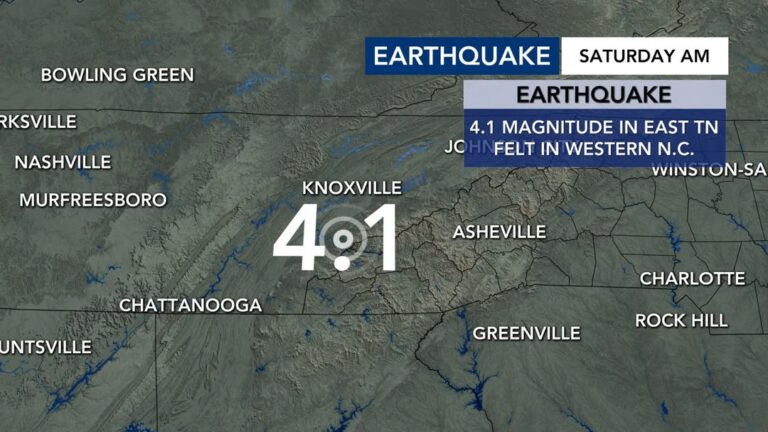
As Uttarakhand heads into its most awaited electoral season, the outcome of the Uttarakhand Election 2025 will significantly shape the future of the state. The recent Nikay Chunav (Municipal elections) results have set the tone for the larger legislative battles to come. This article delves into the Uttarakhand election results, the Dehradun election result 2025, and provides a comprehensive look at the political landscape in Uttarakhand, with insights into the parties, candidates, and voter sentiments.
The Significance of the Uttarakhand Election 2025
Uttarakhand, a state with a rich history and diverse political dynamics, is gearing up for the 2025 elections, which are expected to be one of the most fiercely contested in its history. The state’s political scene is predominantly divided between the BJP and the Congress, with other regional players also emerging as influential forces.
Impact of the Nikay Chunav Result on Uttarakhand Elections
The Nikay Chunav or municipal elections play a crucial role in the political ecosystem of Uttarakhand. These elections are often seen as a precursor to the larger legislative elections, with results often indicating the political climate leading up to the state elections. The Uttarakhand Nikay Chunav result can provide valuable insights into the mood of the electorate, party popularity, and how local governance is perceived by voters.
This year, the BJP secured a commanding lead in several municipal corporations, including in Dehradun—the state’s capital—while Congress and other regional parties also garnered significant support in various urban and rural areas. The Dehradun election result 2025 further highlights how the two main parties are positioning themselves in the race for political dominance.
The Dehradun Election Result 2025: A Turning Point?
Dehradun, the capital of Uttarakhand, holds immense political significance, often acting as a bellwether for the state’s political direction. In the Dehradun election result 2025, voters have made their choice clear, with the BJP showing a clear dominance over Congress, especially in the urban constituencies.
However, the Dehradun election result 2025 also reflects emerging trends, with Congress making significant inroads in certain areas, particularly in rural regions, which could have wider implications in the upcoming Uttarakhand Election 2025.
What Does the Dehradun Result Mean for the 2025 Assembly Elections?
The Dehradun elections act as a litmus test for the larger assembly elections. The outcome of the local body elections in Dehradun could influence party strategies, helping shape their campaigns and policy priorities.
- BJP’s Stronghold in Urban Areas: The BJP has managed to retain its urban stronghold, with voters turning out in large numbers to support the ruling party, citing development, infrastructure, and governance as key reasons behind their choices.
- Congress’ Resurgence in Rural Areas: Congress, despite losing ground in urban locales, has witnessed a resurgence in certain rural constituencies where voters are focusing on local issues, employment, and regional development. This signals that the party may focus on strengthening its rural agenda as the state elections approach.
Uttarakhand Election 2025: Key Political Parties and Candidates
The Uttarakhand Election 2025 will see an intense battle between the BJP and Congress, along with the rise of smaller regional parties that are trying to make their mark. Understanding the key candidates, their strategies, and voter sentiments is crucial to analyzing the possible outcomes.
BJP’s Leadership and Strategy for Uttarakhand 2025
Under the leadership of Chief Minister Pushkar Singh Dhami, the BJP has focused on strengthening infrastructure, tourism, and governance to improve its image among the electorate. Their performance in the Nikay Chunav results speaks volumes about their ability to retain their voter base, especially in urban regions like Dehradun.
- Focus on Development: The BJP’s campaign has been centered around showcasing the state’s growth under their governance, particularly in the fields of tourism, road infrastructure, and education.
- Strong Ground Game: With key leaders like Dhami and BJP’s local leaders actively campaigning, the party is mobilizing resources to further solidify its presence in key constituencies.
Congress: Aiming to Reclaim Lost Ground
The Congress Party, under the leadership of Harish Rawat, has been working hard to rebuild its base after a series of electoral defeats. The Uttarakhand Election 2025 will be seen as a battle for Congress to regain power and prove its relevance.
- Focus on Rural Development: Congress is focusing its campaign on rural development, employment, and addressing local issues, which has resonated well with voters in certain rural constituencies in Dehradun and other regions.
- Unity Within the Party: Congress aims to project unity within the party, addressing past leadership issues and focusing on rejuvenating its organizational structure.
Smaller Regional Parties: The Wild Card
In addition to the major players, smaller regional parties are emerging as significant challengers. Parties like the Uttarakhand Kranti Dal (UKD) and Apna Uttarakhand Party are focusing on regional pride, local issues, and autonomy for the state.
These smaller parties could play a pivotal role in tipping the scales in a few constituencies, especially in areas where voters are dissatisfied with the major parties. Their performance in the Nikay Chunav elections could be a precursor to how well they perform in the 2025 assembly elections.
Voter Sentiment and Trends in Uttarakhand 2025
Uttarakhand voters are expected to play a key role in deciding the fate of the 2025 elections. The Nikay Chunav result has already shown that voters are prioritizing local development, better infrastructure, and employment opportunities, while also considering issues like environmental sustainability and tourism.
- Young Voter Participation: With an increasing number of young voters, particularly in urban areas like Dehradun, the election is expected to see a fresh wave of electoral participation. The younger demographic is keen on issues such as technology, job creation, and the economic impact of tourism.
- Environment and Infrastructure: The state’s natural beauty and environmental preservation remain a central issue, especially with climate change concerns and its effect on local communities. The way parties address these concerns could significantly impact voter turnout.
What Lies Ahead: Predictions for Uttarakhand Election 2025
As we approach the Uttarakhand Election 2025, all eyes will be on the Dehradun results and the performance of smaller regional parties. The BJP appears to have an edge in urban constituencies, while Congress is gaining momentum in rural areas. The performance of the smaller parties could turn out to be the game-changer.
- BJP’s Re-election Prospects: The BJP is likely to continue focusing on infrastructure development and maintaining strong leadership. If their record continues to be strong in urban regions, they could retain power in Uttarakhand.
- Congress’ Battle for Revival: For Congress, regaining power will require significant effort, especially in consolidating its rural base. Their challenge will be to regain lost ground in Dehradun and other urban centers.
- Regional Parties’ Impact: The regional parties may not win large numbers of seats but can impact the overall electoral outcome by winning crucial seats in specific regions.
Conclusion: The Road to Uttarakhand Election 2025
The Uttarakhand Election 2025 promises to be a fierce contest between the major political players in the state. The results of the Nikay Chunav and the Dehradun election result 2025 have set the stage for what is sure to be a highly competitive electoral season. With voters focusing on issues such as development, local governance, and regional pride, the upcoming elections will be shaped by the parties’ ability to adapt to the changing political landscape.
As the election season heats up, all eyes will be on Uttarakhand, with the state set to play a crucial role in the larger political context of India.



